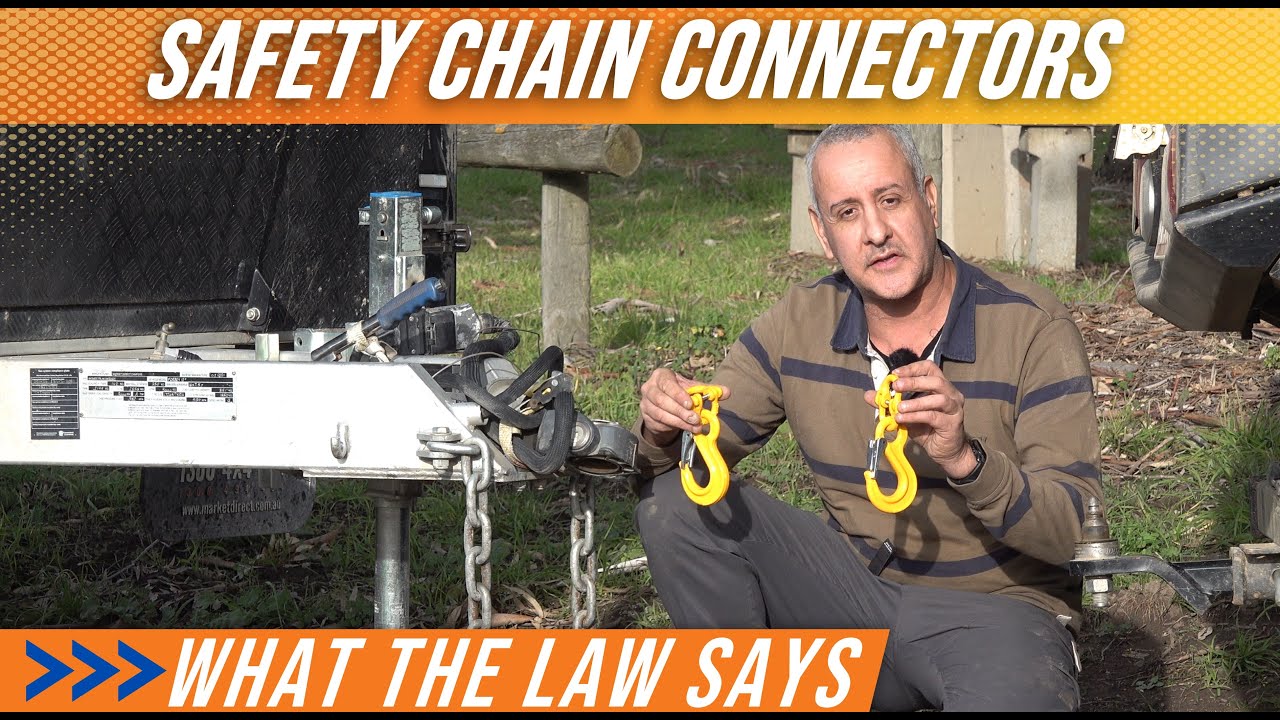Understanding Yellow Hooks and Trailer Safety Chain Connectors: A Comprehensive Guide
When it comes to towing, safety is paramount. One of the key components that ensure this safety is the use of appropriate safety chain connectors. Among the various options available, yellow hooks have been a topic of discussion and debate. This article, drawing insights from towing expert Robert, aims to shed light on the use of yellow hooks and the regulations surrounding trailer safety chain connectors.
Understanding Yellow Hooks:
Yellow hooks, often used in lifting applications, have found their way into the towing industry. They are part of the Grade 80 (G80) standard, which means they are designed and tested for high-strength applications. However, as Robert points out, “The mere fact it’s painted yellow… may or may not be rated.” Therefore, it’s crucial to ensure that any yellow hook used for towing is appropriately rated for the task.
Pros and Cons of Using Yellow Hooks:
Pros:
- Yellow hooks are versatile and can be used with various chain sizes.
- They are designed for high-strength applications, making them suitable for heavy-duty towing, if provably rated.
- They offer a quick and easy connection, which can be beneficial in certain towing situations.
Cons:
- Not all yellow hooks are created equal. Some may not meet the necessary strength requirements for towing.
- The fit of the hook with the chain is crucial, and not all yellow hooks fit all chains properly.
- There’s a common misconception that any yellow hook is automatically rated for towing, which can lead to unsafe practices.
State Regulations:
State regulations play a significant role in towing safety. Each state has its own set of rules regarding safety chain connectors. Robert emphasizes, “If you don’t follow this guidance, it is the responsibility of the person or company to demonstrate to the state or Territory Road authorities that the safety chain connection device is appropriate.” Therefore, it’s crucial to understand and comply with your state’s specific regulations.
Understanding The Rules:
The rules surrounding safety chain connectors aim to ensure road safety. They specify the requirements for connector strength and compatibility. A key rule is that connectors must be rated to handle 1.5 times the Aggregate Trailer Mass (ATM). Additionally, the connectors must fit the chain correctly. Robert advises, “Always shorten and cross your chains,” a practice that, while not always explicitly stated in the rules, is a crucial step in ensuring towing safety.
Conclusion:
In the world of towing, understanding the use of yellow hooks and the regulations surrounding safety chain connectors is essential. Whether you opt for yellow hooks or another type of connector, ensuring they meet the necessary standards and are used correctly is paramount. Remember, when it comes to towing, safety should always be your top priority.
Check out Roberts video for the full in-depth rundown on this topic:
